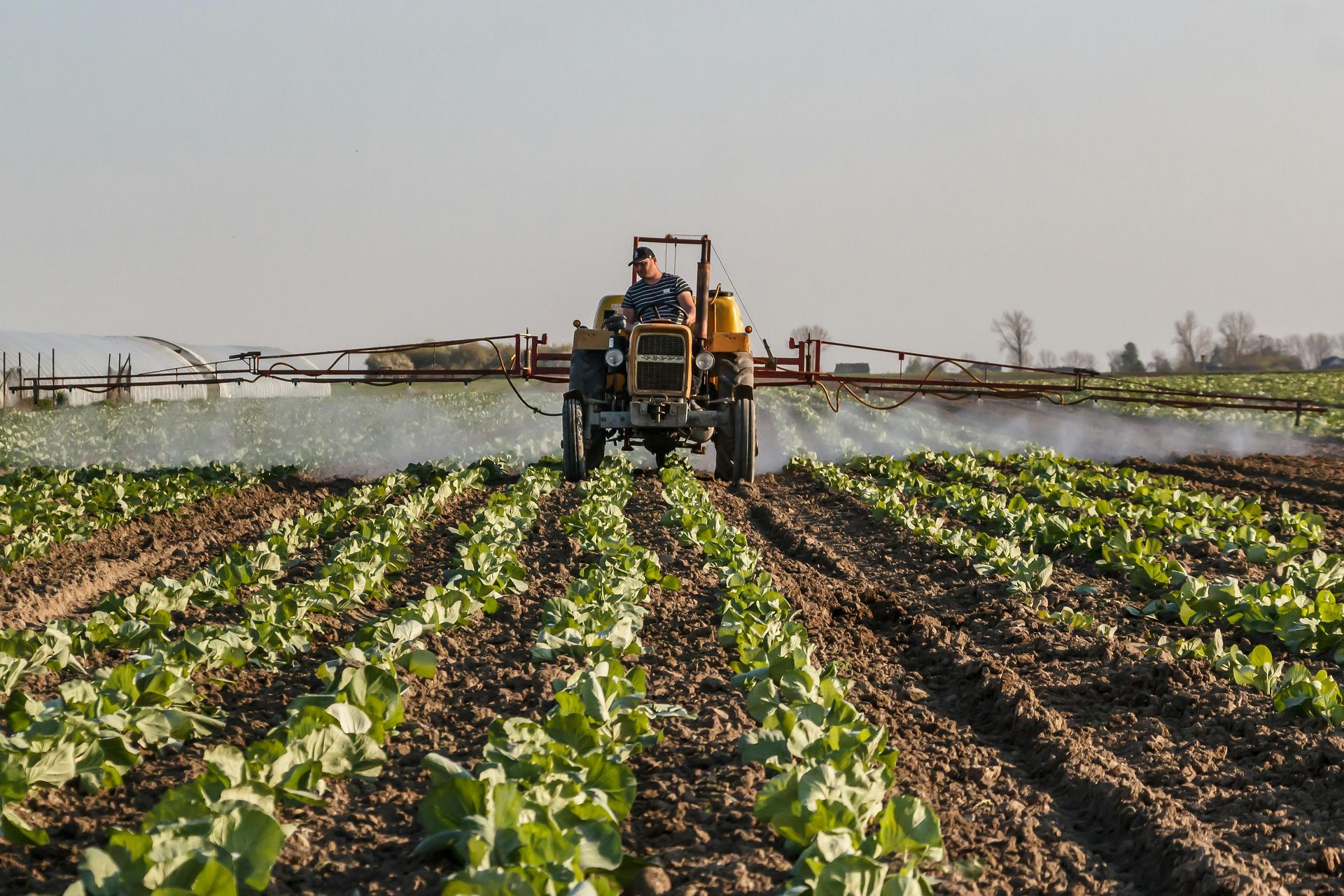The Importance of Well Water Testing
What to Expect When Drilling or Revamping a Well

Access to clean and safe drinking water is essential for any household or agricultural operation. If you rely on a well for your water supply, understanding the quality of your water is crucial for the health of your family, livestock, and crops. Whether you're drilling a new well or revamping an existing one, proper testing and maintenance are key to ensuring a safe and sustainable water source.
What to Expect When Drilling a New Well
Drilling a new well is a major investment, and understanding what to expect can help you make informed decisions. Here are the key factors to consider:
- Geological Considerations: The depth and composition of the soil and bedrock impact water quality and availability. A geological survey can help determine the best location for your well.
- Depth and Water Quality: Water sources vary by depth. Shallow wells (less than 50 feet) are more susceptible to contamination, while deeper wells (100+ feet) typically have better natural filtration but may contain higher mineral concentrations.
- Well Casing and Seals: Proper casing and sealing are essential to prevent surface contaminants from entering your well.
- Initial Water Testing: Before using your well, it’s critical to conduct a thorough water test to identify any contaminants or mineral imbalances.
Common Mineral Concentrations at Various Depths
The table below provides a general guideline on mineral concentrations at different well depths:
| Well Depth (Feet) | Common Minerals Present |
|---|---|
| 0 - 50 | High bacteria risk, iron, manganese, nitrates |
| 50 - 100 | Moderate iron, manganese, some hardness |
| 100-200 | Higher hardness, sulfur, fluoride potential |
| 200+ | High total dissolved solids (TDS), arsenic, radon potential |
Revamping an Existing Well
Older wells often experience water quality issues over time. If your well water has changed in taste, color, or smell, it may be time for an evaluation. Common concerns include:
- Iron and Manganese Staining: Causes brown or orange discoloration in sinks and laundry.
- Hard Water Issues: Leads to scale buildup in pipes and appliances.
- Bacterial Contamination: Can result from surface water intrusion or biofilm buildup.
Revamping an old well often includes re-casing, deepening, or installing new filtration systems to improve water quality.
Well Disinfection: When and Why It's Needed
If your well has tested positive for bacteria, has a persistent foul odor, or has been affected by flooding or construction, disinfection may be necessary. Well disinfection helps eliminate harmful pathogens, including E. coli, coliform bacteria, and other microbial contaminants that pose health risks. The most common disinfection method is shock chlorination, which involves introducing a high concentration of chlorine into the well to kill bacteria and other microbes.
A well might need disinfection if:
- There has been recent well maintenance or construction.
- The water has developed an off smell, taste, or cloudy appearance.
- Testing has confirmed the presence of coliform bacteria or other harmful microbes.
Disinfecting a Bacteria-Contaminated Well
If you need to disinfect your well, here’s a basic rundown of the process:
- Turn Off the Pump: Make sure no one uses the water during disinfection.
- Mix Chlorine Solution: Use unscented household bleach (5% sodium hypochlorite) at a rate of 1 gallon per 100 feet of well depth.
- Circulate the Solution: Pour the bleach solution into the well and run each tap until you smell chlorine.
- Let It Sit: Allow the chlorine to remain in the system for 12-24 hours.
- Flush the System: Run water until the chlorine smell is gone.
- Retest Your Water: After 1-2 weeks, test for bacteria to ensure the well is clean.
For more detailed guidance, check out these official resources:
- EPA Guide on Well Disinfection:
- https://www.epa.gov/privatewells
- CDC Recommendations for Well Treatment:
- https://www.cdc.gov/healthywater/drinking/private/wells/index.html
- USGS Information on Groundwater and Wells:
- https://www.usgs.gov/special-topics/water-science-school/science/groundwater
Why Well Water Testing Matters
Regular water testing is the best way to ensure your well remains a safe source of drinking water. Our comprehensive water testing services analyze key factors such as:
- Mineral Content (iron, manganese, calcium, magnesium, fluoride)
- Chemical Contaminants (nitrates, sulfates, heavy metals)
- pH and Hardness Levels
Get Your Well Water Tested Today!
Don’t leave your water quality to chance. Whether you're drilling a new well, revamping an old one, or dealing with contamination, TPS Lab offers professional water testing services to help you understand and improve your water quality. Contact us today to schedule your well water analysis and ensure safe, clean water for your home or farm.



